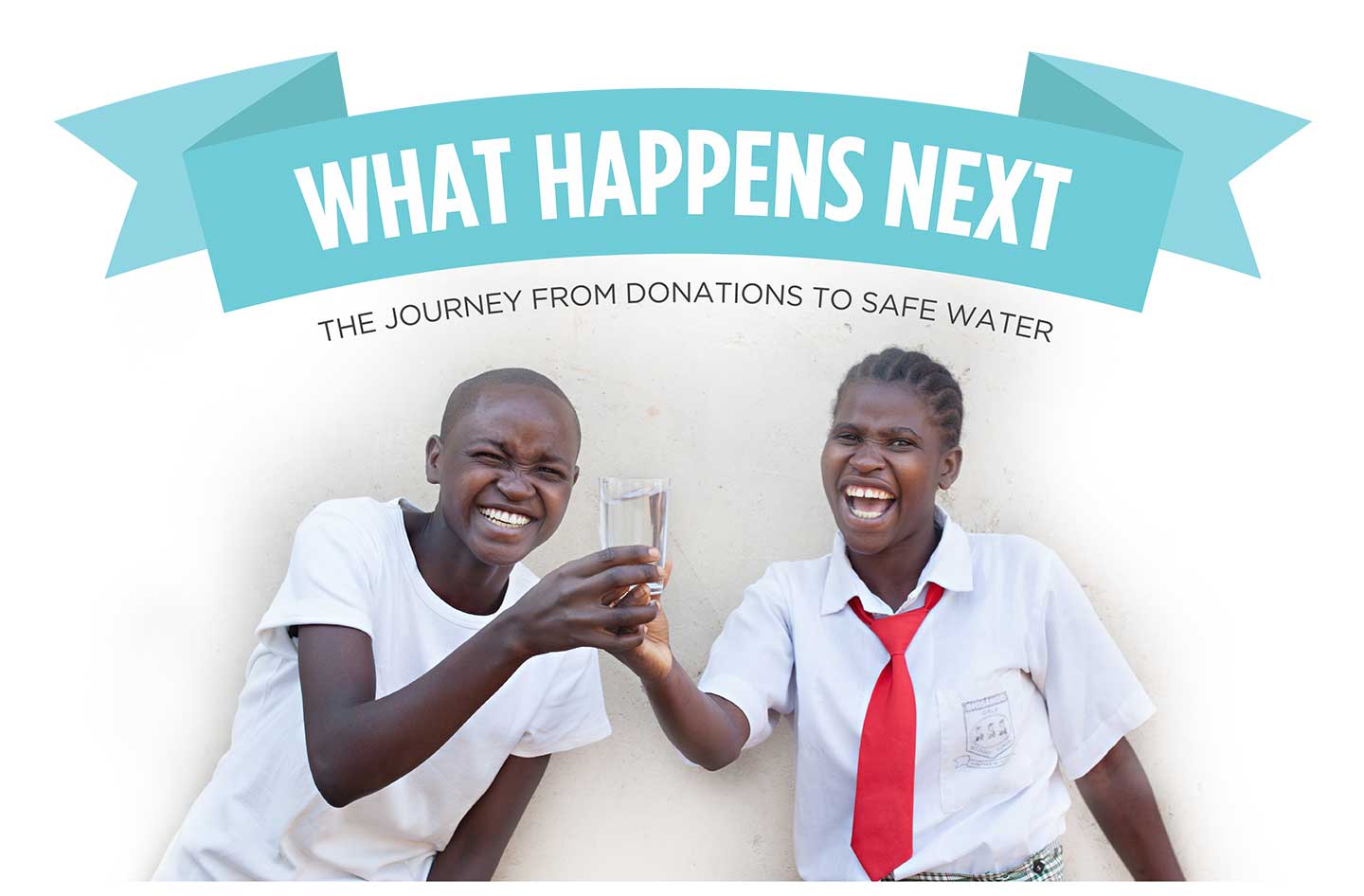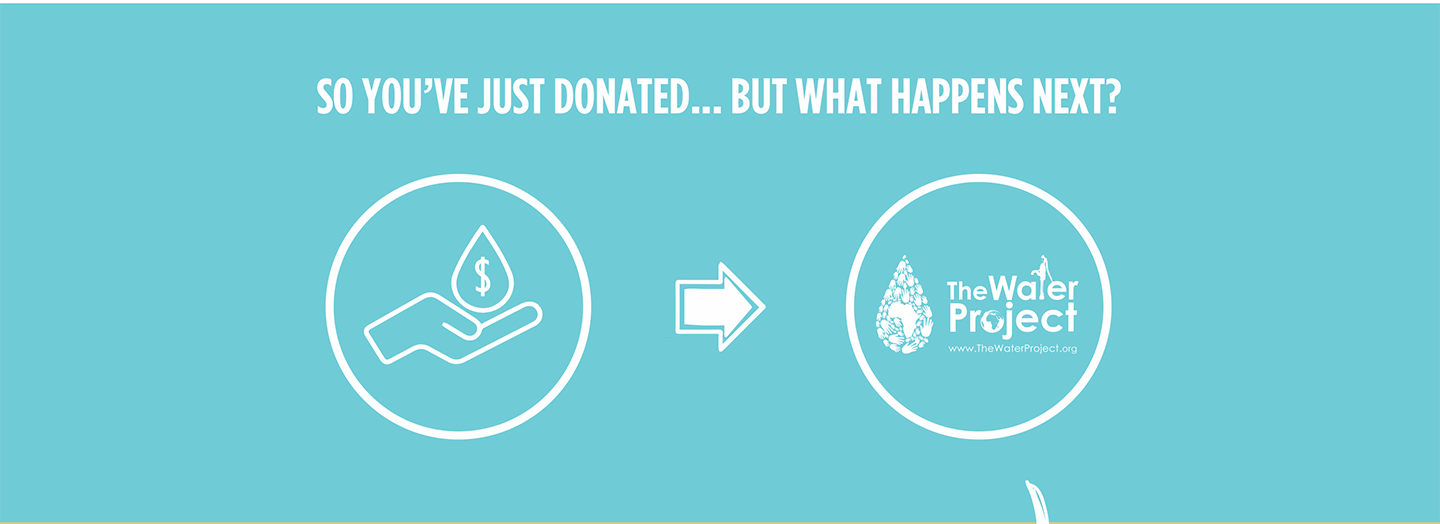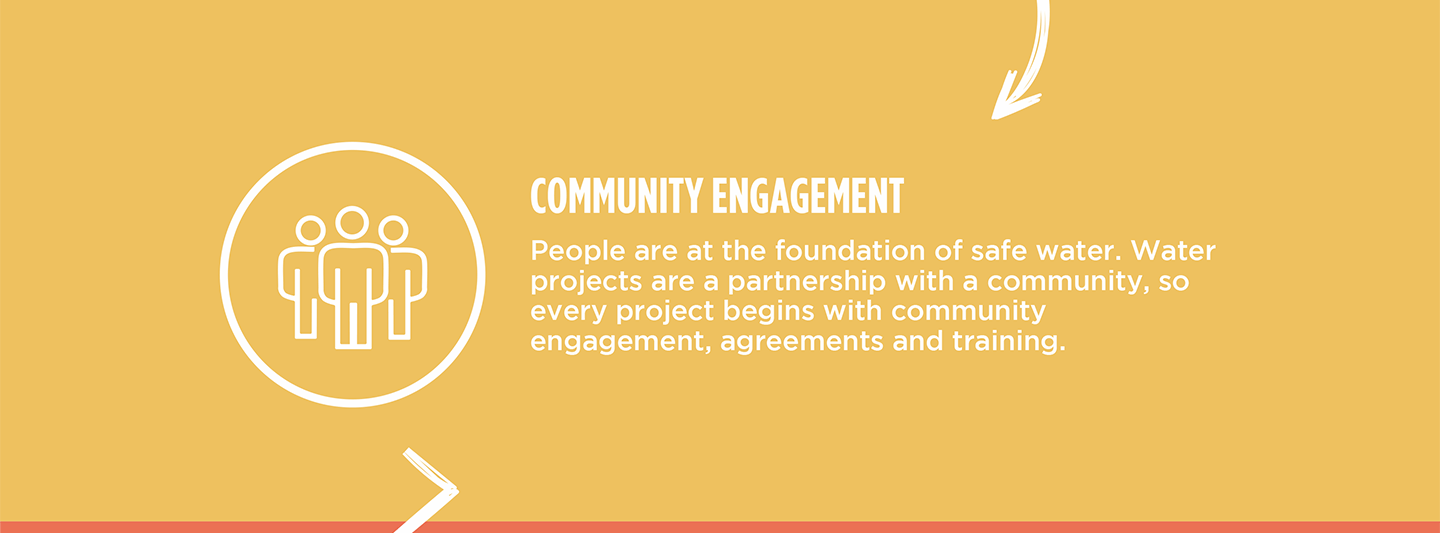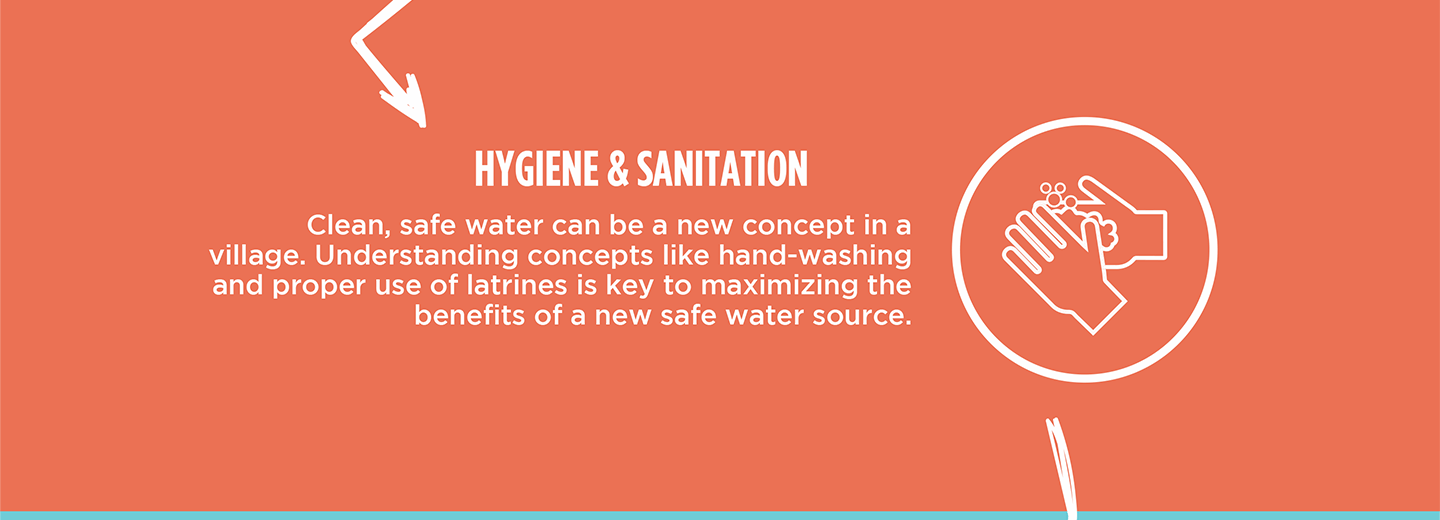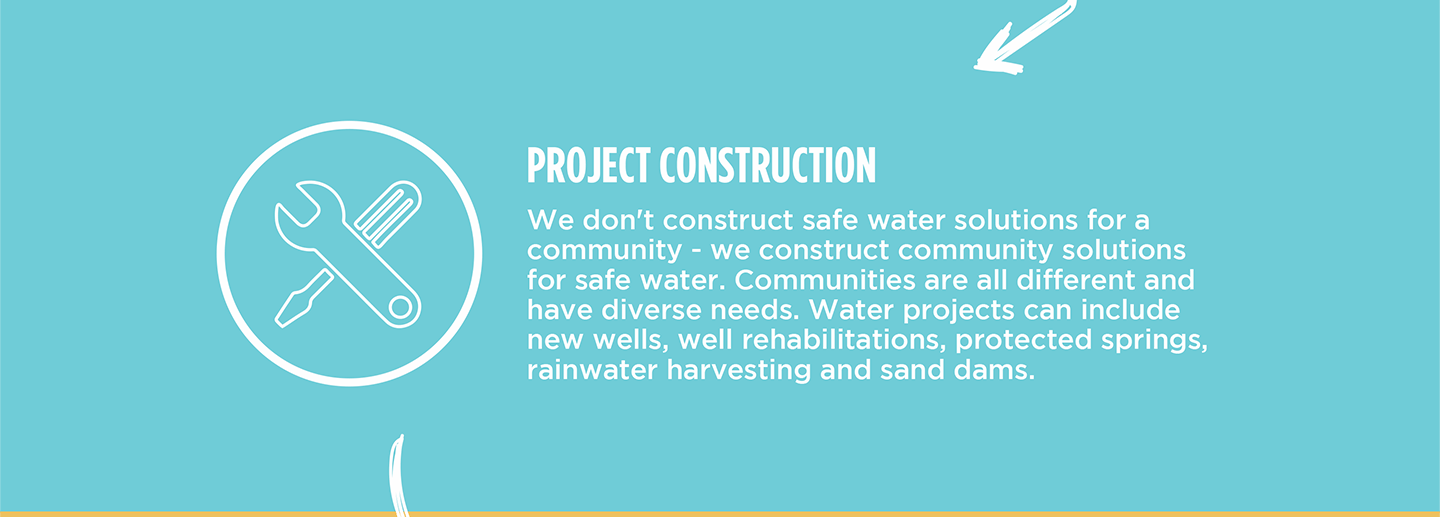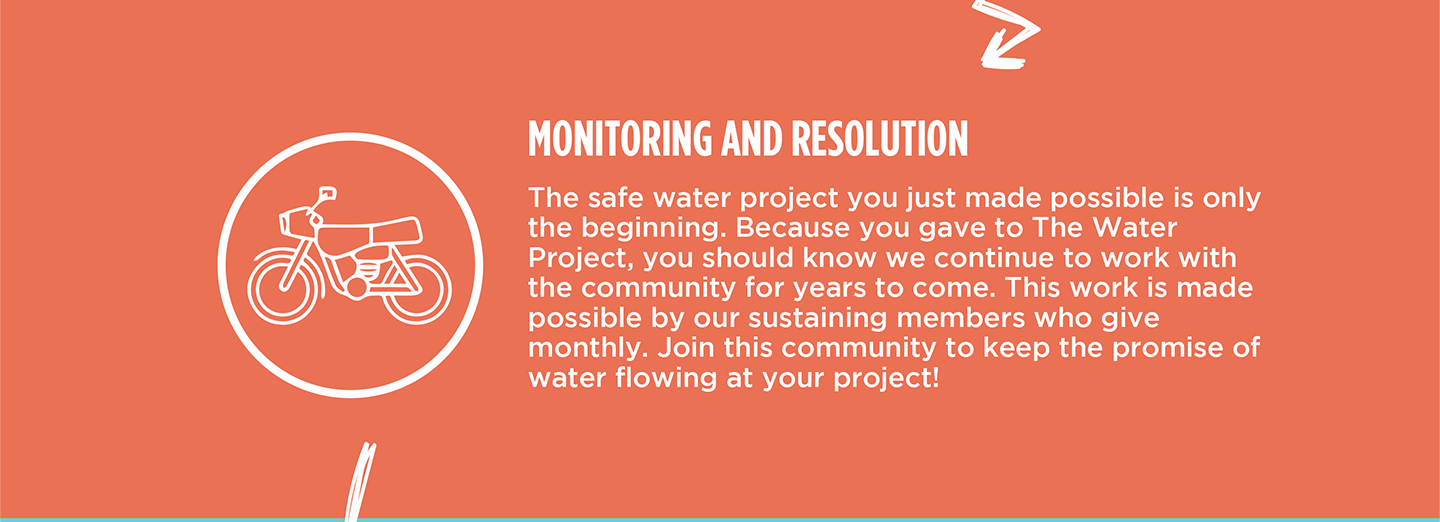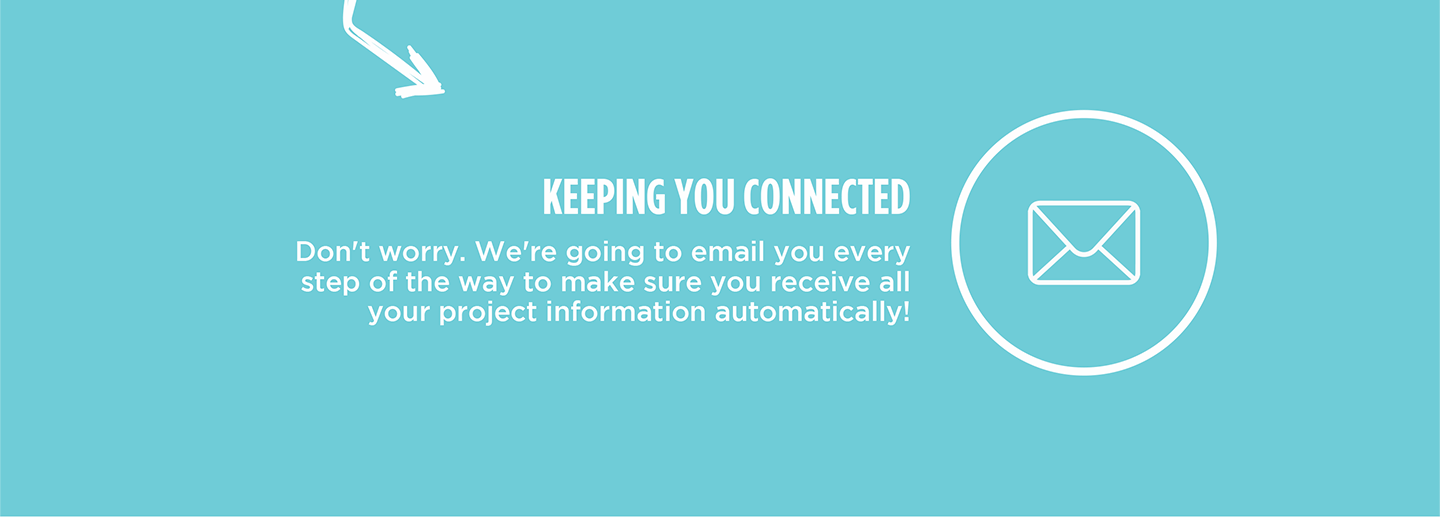The 300 members of Rwamakere rely on a single protected well an hour away. Collecting water is a physically demanding journey over hilly terrain that steals their energy and time.
"The road is hilly, making it difficult to carry heavy jerrycans, which leads to exhaustion, chest pain, and general body fatigue," shared Field Officer Bena Nakabiri.

In addition, the well is overcrowded and experiences frequent breakdowns, and during the rainy season, it provides water that is questionable to consume. It is heartbreaking to walk for hours only to find no water—or worse, water that can make your family sick.

Community members waiting to collect water from the faraway well.
Mariza Asumpta, a 22-year-old housewife, daily experiences the negative effects that impact her health and livelihood.
“I am concerned about my health because the water often changes color, especially during the rainy season. The alternative source I use is not safe due to its open nature, and I suspect it may be contaminated, which puts my health at risk," said Mariza.
Mariza makes the 1-hour round trip twice daily, though she admits the long distance makes it impossible to fetch water more often. This leaves little time for other crucial responsibilities.
Sadly, Mariza’s story is not the only hardship caused by the water crisis. The community has also endured heartbreak after a child lost their life after falling into an open well. The community has experienced emotional trauma and is forced to continue to use the open source when the distant well dries up.

Mariza walks to collect water.
When we asked Mariza what she would do if she didn't have to waste so much of her day collecting water, she said, "I would use the time saved to engage in other activities, such as farming to improve food production, completing household chores on time, and preparing meals earlier for my family. I also care for my sick mother-in-law, but sometimes I'm unable to attend to her promptly. Since she can no longer walk due to broken legs, having water nearby would allow me to dedicate more time to her care."
Her situation highlights how the water crisis impacts people's health, hygiene, food security, and ability to care for their families.
A proposed well in the community offers hope. With an accessible and safe watersource, Mariza can focus on what matters most to her - without living in fear of the water she consumes.

“The distance to fetch water will be shortened. The time spent searching for water will be reduced. It will also enable me to access water of better quality,” Mariza said.
“Water is essential for improving quality of life, as life itself depends on having access to it," she continued.
For the people of Rwamakere, clean water is not a luxury—it is a matter of survival.
Steps Toward a Solution
Our technical experts worked with the local community to identify the most effective solution to their water crisis. They decided to drill a borehole well, construct a platform for the well, and attach a hand pump.
Well
Abundant water often lies just beneath our feet. Aquifers—natural underground rivers—flow through layers of sediment and rock, offering a constant supply of safe water. A borehole well is drilled deep into the earth to access this naturally filtered and protected water. We penetrate meters, sometimes even hundreds of meters, of soil, silt, rock, and more to reach the water underground. Once found, we construct a platform for the well and attach a hand pump. The community gains a safe, enclosed water source capable of providing approximately five gallons of water per minute. Learn more here!
Community Education & Ownership
Hygiene and sanitation training are integral to our water projects. Training is tailored to each community's specific needs and includes key topics such as proper water handling, improved hygiene practices, disease transmission prevention, and care of the new water point. Safe water and improved hygiene habits foster a healthier future for everyone in the community.
A Community-Wide Approach
In Uganda, we use a Community-Led Total Sanitation (CLTS) approach, which involves several meetings where community members evaluate their own hygiene and sanitation practices to encourage lasting change. During these sessions, natural leaders emerge, motivating the community to recognize and change unhealthy behaviors that affect everyone.
Communities then commit to ending open defecation before we install the water project. Every household builds a latrine to prevent disease and improve hygiene and sanitation in anticipation of their new water source. To support this effort, a Community Development Officer (CDO) is assigned. The CDO encourages each household to set up handwashing stations, animal pens, garbage pits, and dish-drying racks. These additions are crucial in preventing the spread of common diseases.

 Borehole Well and Hand Pump
Borehole Well and Hand Pump
 Rehabilitation Project
Rehabilitation Project










